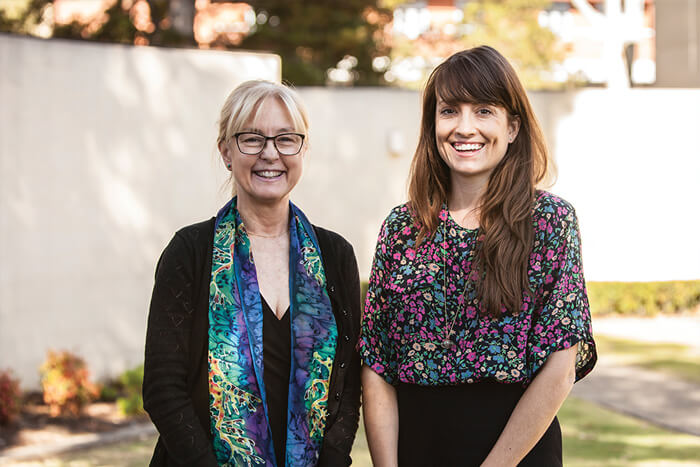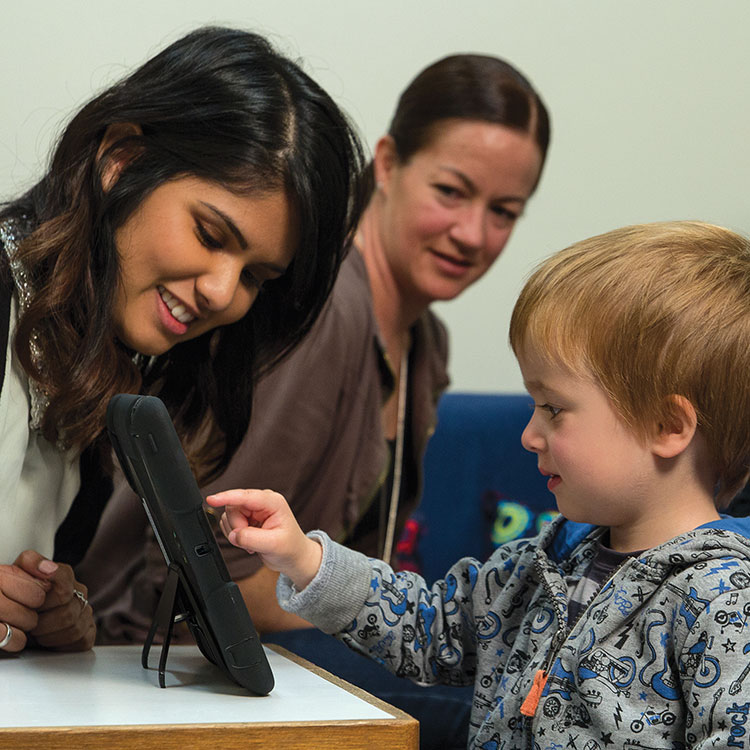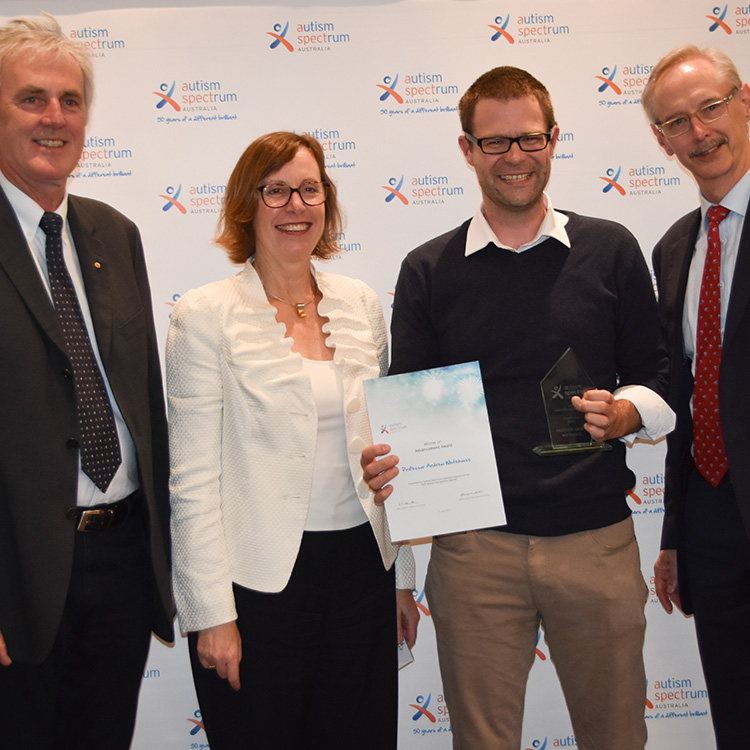Search
Research
Sleep problems and anxiety from 2 to 8 years and the influence of autistic traits: a longitudinal studyAnxiety and sleep problems may be an early indicator of autism in young children and early autistic traits may also contribute to anxiety problems later in childhood
Research
No relationship between autistic traits and salivary testosterone concentrations in men from the general populationThe current data add to the increasing evidence for the lack of relationship between autistic traits and postnatal levels of testosterone in men
Research
A national guideline for the assessment and diagnosis of autism spectrum disorders in AustraliaThe Guideline aims to create greater consistency in diagnostic practices across the country to ensure individuals on the autism spectrum can receive the optimal care

News & Events
The Kids welcomes support for autistic studentsThe Kids Research Institute Australia has welcomed the recommendations to come out of the State Government’s inquiry into support for autistic children and young people in schools, released last week.

News & Events
Thinking big to tackle kids’ brain developmentIf there’s one thing modern researchers and health professionals now understand, it’s that for so many diseases and conditions affecting children and adolescents, early intervention is crucial.

News & Events
The Kids Research Institute Australia researchers share in TPCHRF fundingEight The Kids Research Institute Australia researchers are among those who have received grant funding from the Telethon-Perth Children’s Hospital Research Fund (TPCHRF).

News & Events
Children with autism may benefit from app-based therapiesA The Kids Research Institute Australia study has shown that in addition to intervention with trained therapists, children with autism may benefit from app-based therapies.

News & Events
Autism researcher wins accolade for science videosProfessor Andrew Whitehouse has been awarded an Autism Spectrum Australia Recognition Award for his work communicating scientific findings to families.

News & Events
Andrew Whitehouse: environmental links to autismDr Andrew Whitehouse says results from a US study are just the first step when it comes to looking for environmental factors related to autism.

Sibling Support and Teen Talk Studies form
